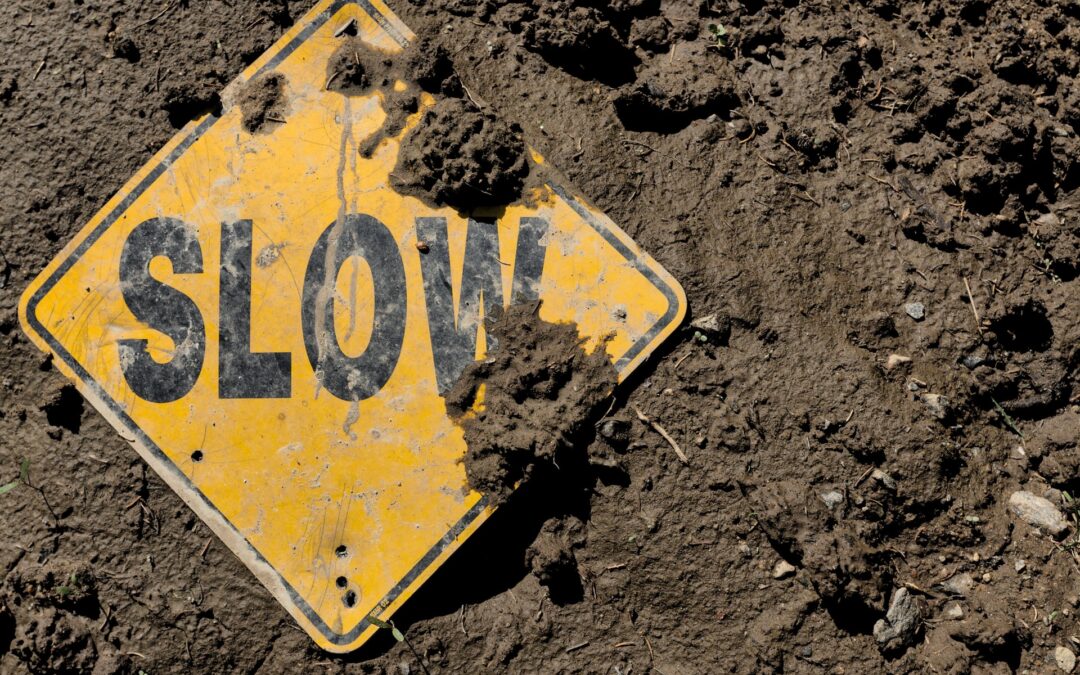Go slow! Most dance rhythms are a combination of quick and slow steps. Even the waltzes, when syncopated, combine quick and slow weight changes. Without distinctions in timing and rhythm, your dancing is more like walking, or stumbling, or, if you’ve been to the bar, like staggering. If your partner is more experienced, dancing off time will be very frustrating. If you know just a handful of patterns, dancing on time will make those pattern more fun even if you dance them half-a-dozen times through a song. Learning to dance the slow steps is an important part of dancing on time.
So, let’s talk numbers! Musically, quick steps represent one beat, or one count of music. If you snap your fingers or count 1-2-3-4 to a song, stepping on each snap or count is a quick step. If you step on every other snap or count—those are slow steps. So, Foxtrot, which has a slow-slow-quick-quick rhythm (SSQQ) is counted 1-3-56 (the hyphens are the counts without a step). Texas Two Step has a QQSS rhythm and counts 123-5- (no steps on 4 and 6).
If the whole counting thing is a struggle, start with my blog post, How to Dance on Time. Then, start thinking and walking with the correct quicks and slows for your favorite dances. BUT, when you’ve conquered the timing concepts—1-2-3-4-5-6-7-8—and the rhythm concepts—Q’s and S’s—the most important timing and rhythm skill is dancing the SLOW steps with their full time value.
It is very common to dance too fast, trying to get from one pattern or figure to the next, but practice dancing the slow steps with all the time they deserve. This will advance your dancing to a new level, and make the experience much more enjoyable for you and your partner!
Hope to see you on the dance floor!
brycegreene.dance
__________________________________
Cover Photo by Eric Prouzet on Unsplash
Photo by Ehimetalor Akhere Unuabona on Unsplash


Recent Comments